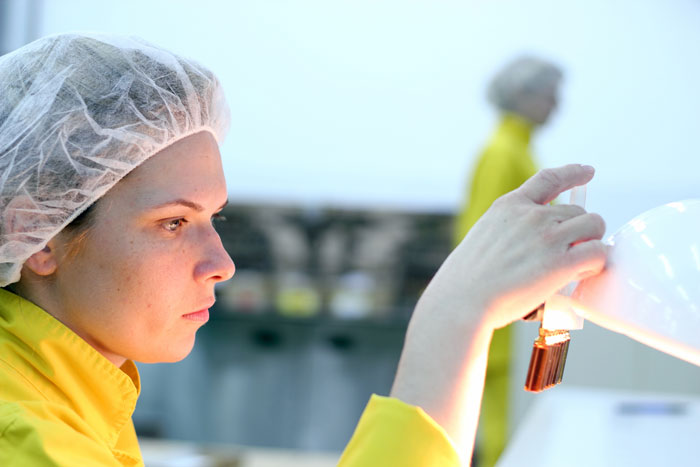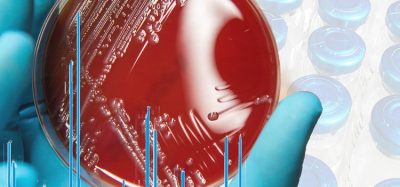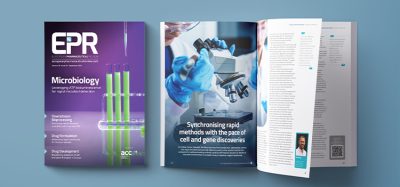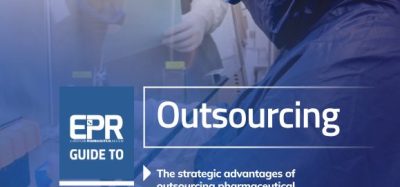PDA issues essential new guidance for visual inspections
Posted: 28 June 2017 | European Pharmaceutical Review | 1 comment
A new technical report has clarified best practice on visual inspection for visible particles in parenterals.


The Parenteral Drug Association (PDA) Task Force for Difficult to Inspect Parenteral Products has completed a technical report that contains essential guidance on formulations, or container systems, that require supplemental destructive testing and a robust lifecycle approach to assure batch quality.
Guidance enables harmonised approach
Alongside the publication of the industry’s first comprehensive guidance on the issue – in the form of USP <1790> Visual Inspection of Injections, which becomes effective in August 2017 – the industry’s approach to the fundamentals of inspection and sub-visible to visible particle control can now be harmonised.
The industry had previously suffered from a lack of written guidance and had to interpret the nebulous terms ‘essentially free’ or ‘practically free’ from visible foreign particles, which had been the standard (with variable interpretation) until August 2014 when USP <790> Visible Particulates in Injections became official.
Defining moment
The PDA chartered its Visual Inspection Task Force in 2000 and created the Visual Inspection Forum to focus on periodic benchmarking surveys and the in-depth study of inspection practices and particulate control. In 2009 USP established an expert panel – including FDA representation – which took this collective body of information and developed a definition of the minimum requirements necessary to declare a batch of product ‘essentially free’ from visible foreign particles.
The 2017 PDA Visual Inspection Forum is due to meet later this year. This meeting will provide information on these guidance documents, as well as perspectives on risk assessments for particulate matter. FDA representatives will be on hand to offer their views, and case studies on particulate matter and defect control will be presented.
Related topics
Related organisations
Food and Drug Administration (FDA), Parenteral Drug Association (PDA)










I want to know the rejection and acceptance criteria of visual inspections of dry powder and liquid injectables? Either whole batch will free of particles